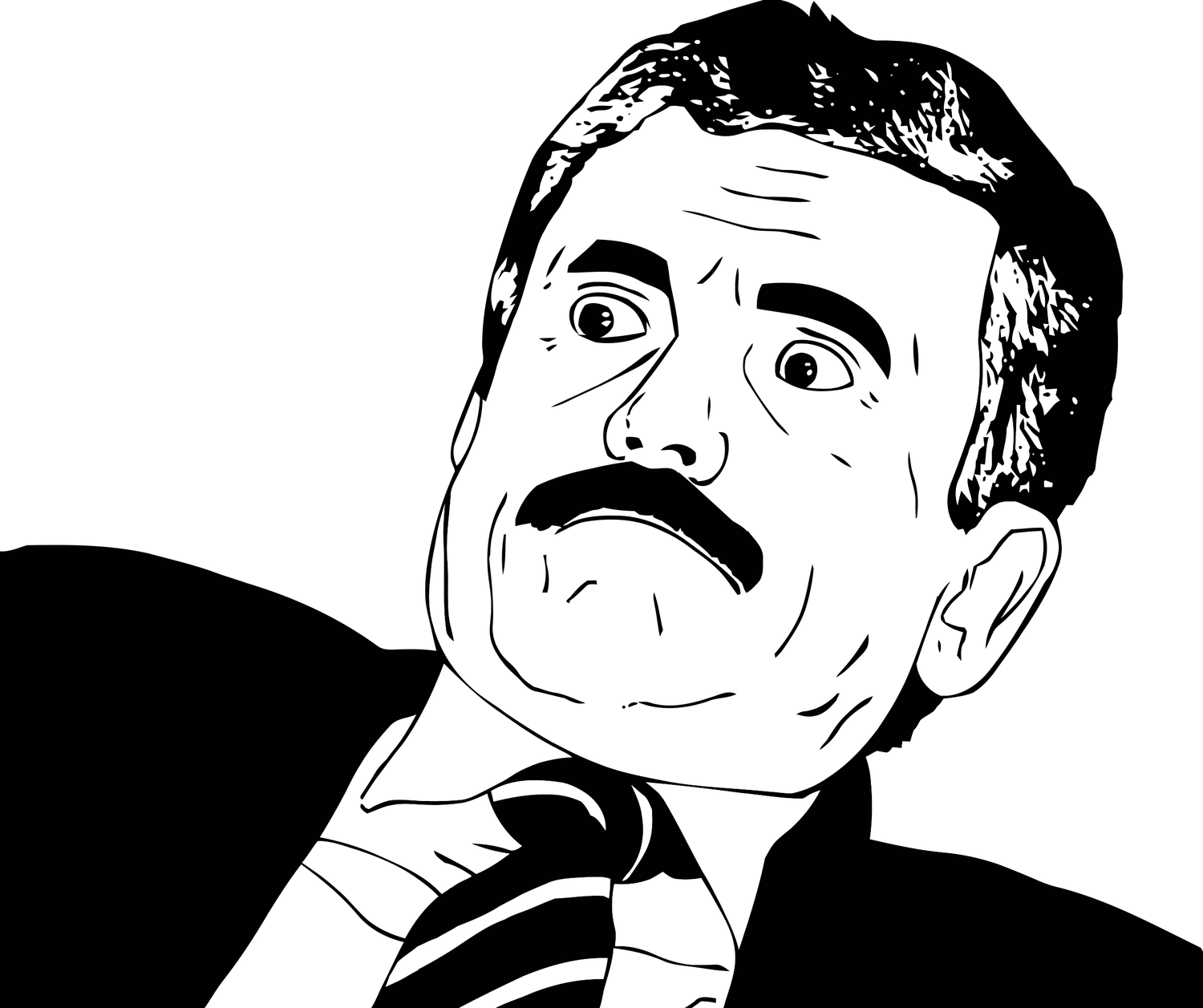From LOL to ROFL: The World of Funny Cartoon Meme Faces
Remember a time when you couldn't express a thought or feeling without resorting to a string of emojis? Yeah, me neither. In the digital age, our communication has transcended the limitations of words, and we've entered a glorious new era – one ruled by the expressive power of funny cartoon meme faces.
These aren't just silly pictures; they're the visual embodiment of our collective humor, anxieties, and joys. From the iconic "Forever Alone" rage face to the wide-eyed bewilderment of "Blinking White Guy," these images have become woven into the tapestry of internet culture, instantly recognizable and endlessly relatable.
But how did we get here? What sparked this phenomenon of using distorted, exaggerated cartoon faces to convey complex emotions with hilarious accuracy? Let's take a deep dive into the wacky world of funny cartoon meme faces and explore their origins, evolution, and the impact they've had on how we communicate online.
The roots of funny cartoon meme faces can be traced back to the early days of the internet – a time when dial-up was king, and forums were the social media of choice. Simple emoticons like :-) and :-( were the precursors, but it wasn't long before creative individuals started crafting more elaborate expressions using ASCII characters. Remember the classic Lenny Face? ( ͡° ͜ʖ ͡°) These early pioneers paved the way, proving that even with limited tools, visual humor could thrive online.
As technology advanced, so did our meme-making abilities. Image-based forums like 4chan and Reddit became breeding grounds for a new generation of funny cartoon meme faces. Rage comics, with their signature stick figures and relatable everyday struggles, exploded in popularity. Memes like "Y U NO" and "Challenge Accepted" became synonymous with specific emotions, effectively creating a new visual language understood by millions.
The beauty of funny cartoon meme faces lies in their simplicity and versatility. They can be used to express a wide range of emotions, from joy and laughter to sarcasm and frustration. Need to convey your skepticism? The "Suspicious Fry" meme has got you covered. Feeling overwhelmed by a friend's dramatic story? "First World Problems" girl perfectly captures that feeling of empathetic exasperation.
Beyond their comedic value, funny cartoon meme faces have also become powerful tools for social commentary. They provide a way to call out absurdity, highlight injustice, and spark conversations on important issues. The accessibility and shareability of memes make them ideal vehicles for spreading awareness and rallying support for various causes.
So, the next time you find yourself scrolling through your social media feed, take a moment to appreciate the artistry and cultural significance of those funny cartoon meme faces. They may seem like silly images, but they represent a fundamental shift in how we communicate – a testament to the power of humor, creativity, and the universal language of a well-placed meme.
Unlocking the secrets of nero the black clovers anti magic bird
Safe and secure mastering stairway handrail height regulations
Transform your bedroom with these trending paint color schemes














